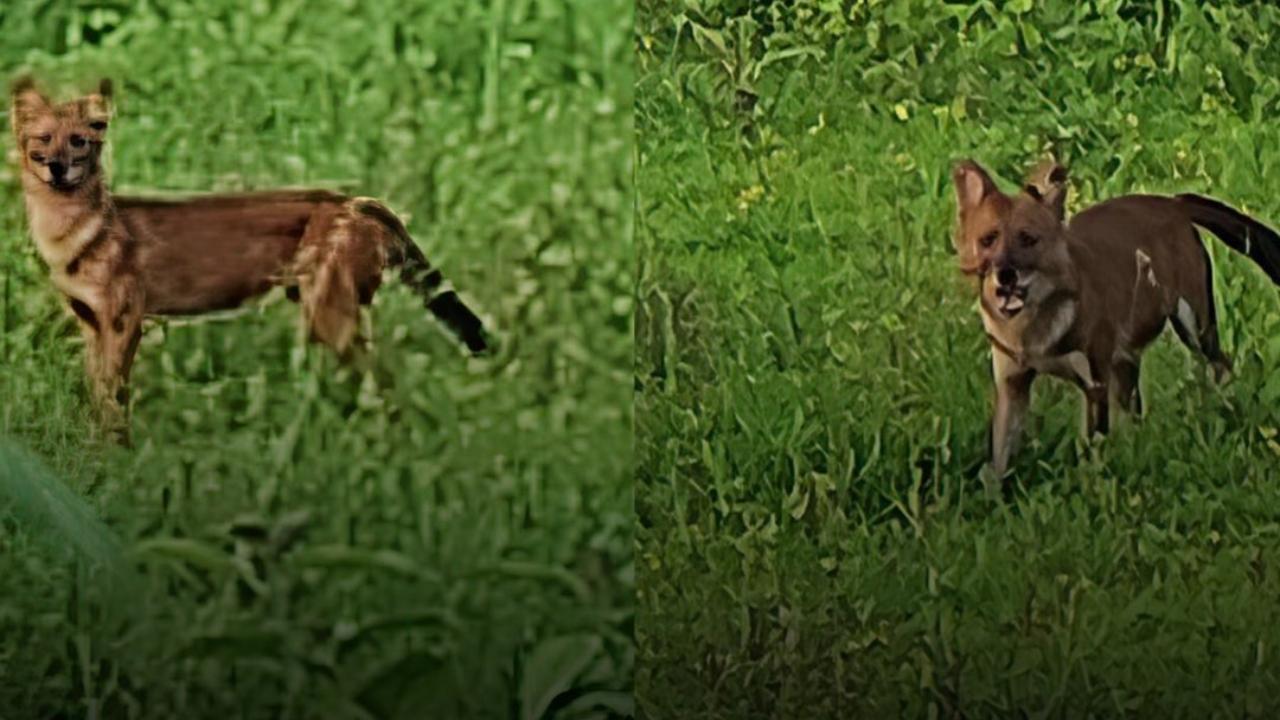
A team of researchers at Mississippi State University have discovered a new wasp species that performs a chilling egg-laying ritual. This wasp, named Syntretus perlmani, lays eggs in living flies so the babies burst out of their bellies, according to a report in Nature. The sneaky predator is first known to infect adult fruit flies, a stark contrast to related wasp species that usually target the larvae and pupae stages of flies.
The team of scientists came across the wasp by chance while collecting a common fruit fly called Drosophila affinis in their backyards. The research was led by a biologist, Logan Moore, during his doctoral studies at Mississippi State University. While speaking to Live Science, Moore said the female wasp used their needle-like ovipositor organ to stab and deposit an egg within a fruit fly's abdomen.

Then the egg develops into a tiny wasp larva, which grows inside the fly for around 18 days before leaving its host for dead. "It will effectively emerge out of the side of the fly. And just to add an additional layer of horror, the fly will normally remain alive for several hours after that," Moore added.
The scientists were screening fruit flies for parasitic worms called nematodes last year when they first came across a spiky-tailed wasp larva inside the abdomen of one of the flies. "At the time we didn't think it was real. If you dissect thousands of flies, you will see some things that are strange and odd, and you'll never see them again," Moore added.
However, the researchers gathered more wasp larvae and confirmed their discovery by rearing the wasps in a lab and studying their DNA. "Almost everybody in the world has had some sort of interaction with this fly, usually not in a good context. They're annoying little pests that fly around your fruit," Moore said.
The latest findings were surprising for the researchers because Drosophila flies are so common and well-studied. "I would say maybe the one thing that would explain why it's gone undiscovered for so long is because nobody is expecting it. No parasitoid wasp has been known to infect the adult stage of not just Drosophila, but of flies in general," Moore added.
"This is all around us, infecting one of the most well-studied animals on the planet. It just leaves you wondering what else is out there on our doormat right now," Moore said. The scientists have still much to learn about this newly found wasp.
The research team found infected flies in Mississippi, Alabama and North Carolina, while the Drosophila melanogaster DNA data revealed the wasp was present across the eastern United States..










